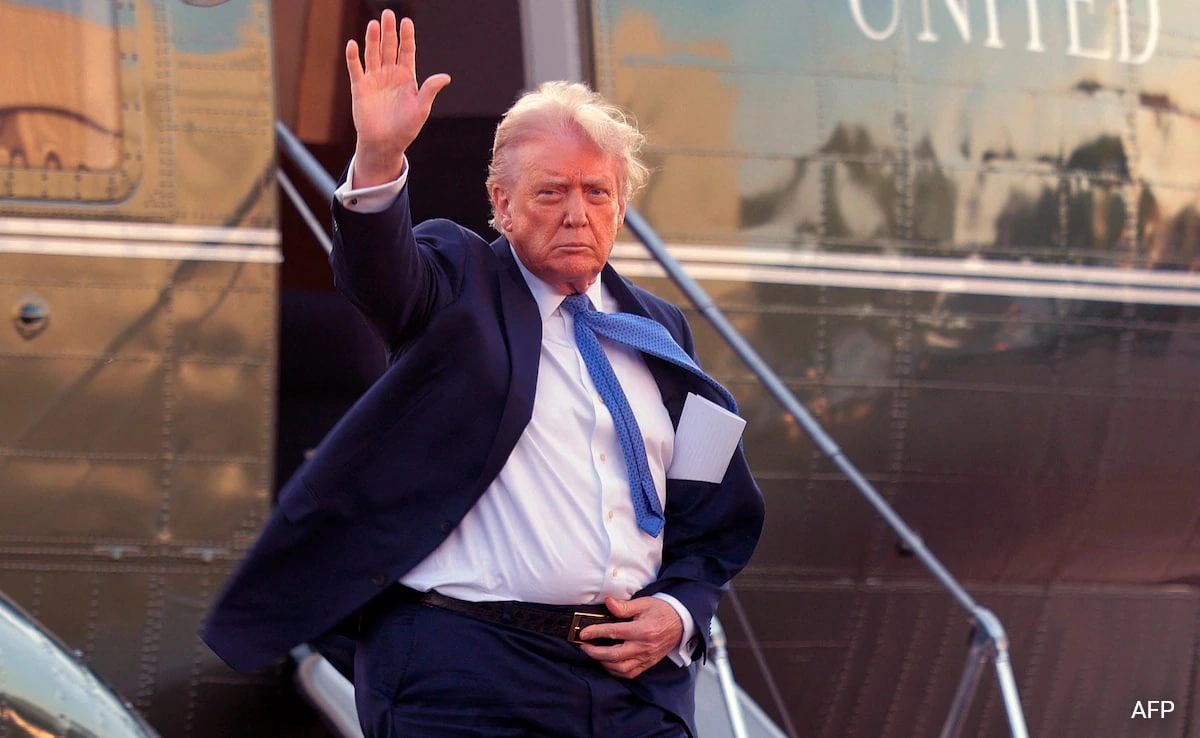In a surprising move that has sent shockwaves through the entertainment industry, former President Donald Trump has announced a sweeping 100% tariff on movies produced outside the United States. This decision, which aims to bolster the American film industry, comes as part of a broader strategy to promote domestic production and protect American jobs. The announcement has ignited debates among industry professionals, policymakers, and the general public, as the implications of such a drastic measure could fundamentally alter the landscape of global cinema.
Supporters of the tariff argue that it is a necessary step to level the playing field for American filmmakers who often struggle to compete with foreign productions that benefit from lower production costs and favorable regulations. By imposing a hefty tariff on international films, Trump hopes to encourage consumers to support domestic films, thereby stimulating local economies and preserving jobs within the entertainment sector. This protectionist stance is reminiscent of earlier trade policies that sought to shield American industries from foreign competition, but critics warn that such measures could lead to unintended consequences, including retaliation from other countries and a potential increase in film prices for American audiences.
On the other hand, detractors of the tariff argue that it could stifle creativity and diversity in the film industry. The global nature of cinema allows for the exchange of ideas, storytelling techniques, and cultural perspectives that enrich the American film landscape. By isolating the industry and imposing punitive tariffs on foreign films, critics contend that the policy could result in a homogenized entertainment market that lacks the vibrancy and innovation typically found in a more interconnected global industry. They express concern that the move could lead to a decline in the quality of films produced domestically, as filmmakers may feel pressured to conform to a more insular narrative style.
Additionally, the implementation of such a tariff raises questions about the logistics and enforcement of the policy. The film industry operates on an intricate web of international collaborations, and determining the origin of a film can be complex. Critics have also pointed out that this policy could lead to higher ticket prices for consumers, as theaters may pass on the additional costs associated with the tariff. Furthermore, the potential for retaliatory measures from other countries could lead to a tit-for-tat escalation in trade barriers, ultimately harming not just the film industry but broader economic relations.
As the debate unfolds, industry stakeholders are left to grapple with the potential ramifications of Trump’s tariff on movies produced outside the U.S. While the policy may resonate with those advocating for domestic production, its broader implications could reshape the way films are made, distributed, and consumed in a rapidly evolving global marketplace. The impact of this decision remains to be seen, but it undoubtedly marks a pivotal moment in the ongoing conversation about the future of American cinema in an increasingly interconnected world.




